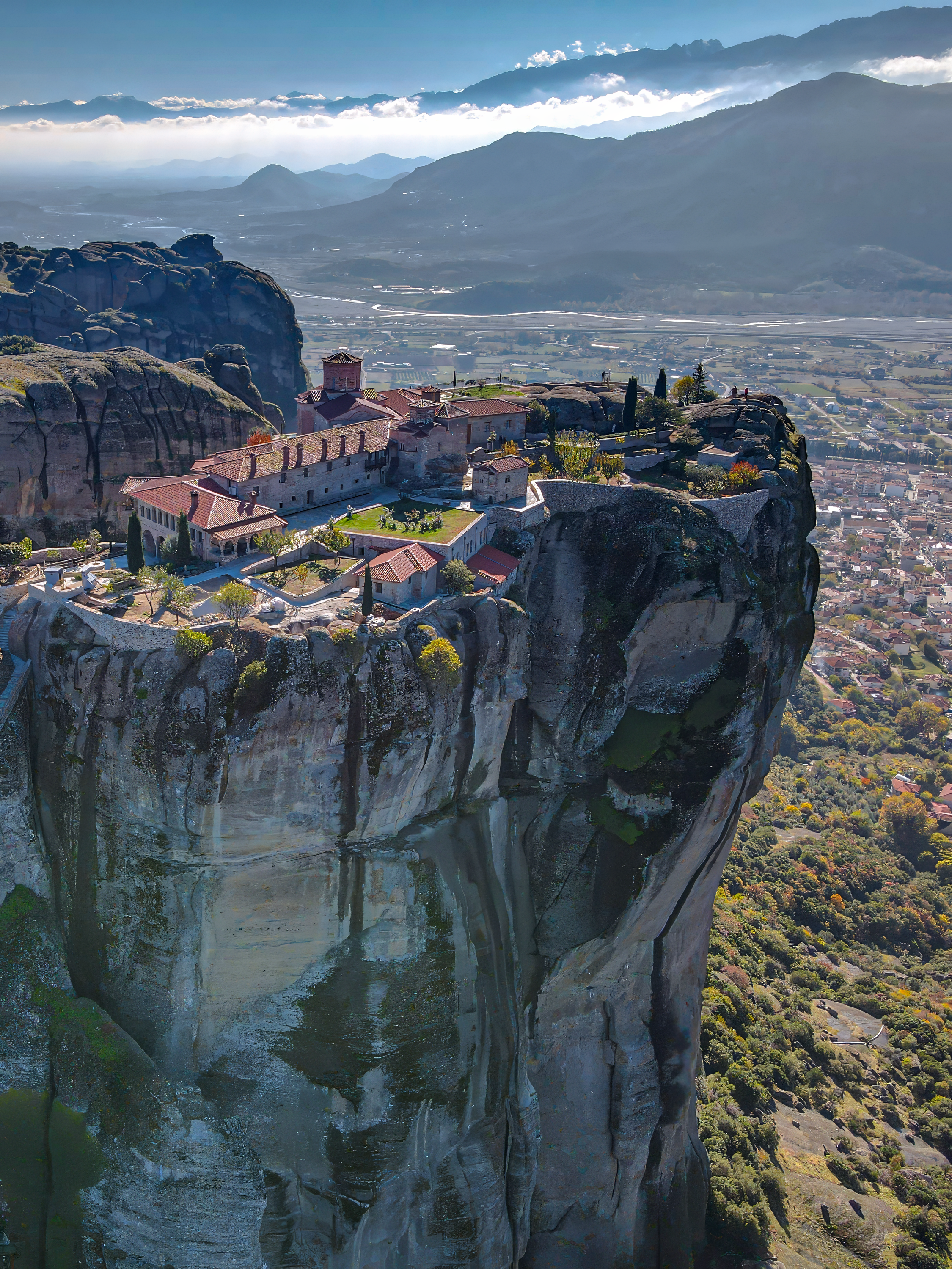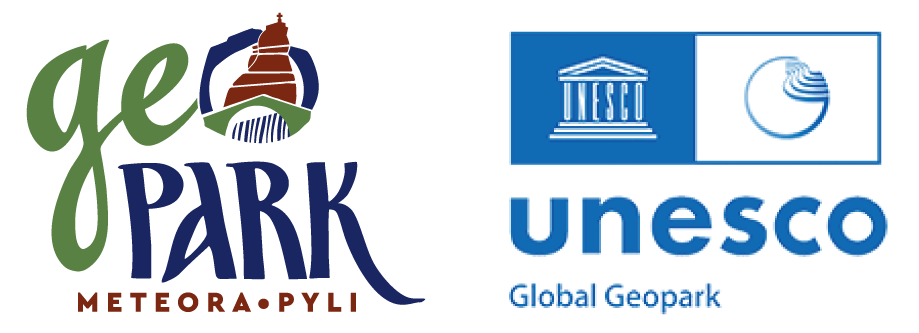The area of Meteora – Pyli Geopark offers a rich cultural heritage from the beginning of human presence in Greece until today. The variety of cultural sites and monuments as well as the rich intangible heritage of the area are important resources of the Meteora – Pyli Geopark.
The cultural highlight of the Geopark is undoubtedly the complex of monasteries built on top of the Meteora cliffs, which have been included in the World Heritage Sites. The monasteries were built by Christian ascetics who settled in the area. Opinions differ regarding the exact time when the monastic community at Meteora began to form. Some Byzantine scholars claim that the first monks arrived before the 11th century, while other historical sources mention a hermit named Varnava, who is said to have founded the Monastery of the Holy Spirit around 950–970 AD. This was followed by the foundation of the other monasteries.
In the 14th century, Athanasios the Meteorite organized the first cenobitic monastic community, founding the Great Meteoron Monastery. From then on, a total of 20 monasteries were established on the peaks of the towering rocks of Meteora. Today, six monasteries continue to welcome pilgrims and visitors from around the world — four male and two female communities. Meteora is considered the second most important monastic complex in Greece, after Mount Athos.

WORLD HERITAGE MONUMENT
Monastery Symplex
The dramatic landscape of rock pillars crowned with monasteries creates a surreal environment unlike any other in the world. Meteora is now listed as a UNESCO World Heritage Site and is rightly regarded as one of Greece’s top cultural and spiritual landmarks.
Local Traditions
In the area of the Geopark of Meteora – Pyli there is a great variety of intangible cultural heritage, as the location and its influences have shaped many elements of everyday life, which is evident in the traditional recipes with local ingredients, the great tradition in music and songs, the traditional handicrafts, as well as the various festivals and events that accompany the intense cultural character of the area such as:
